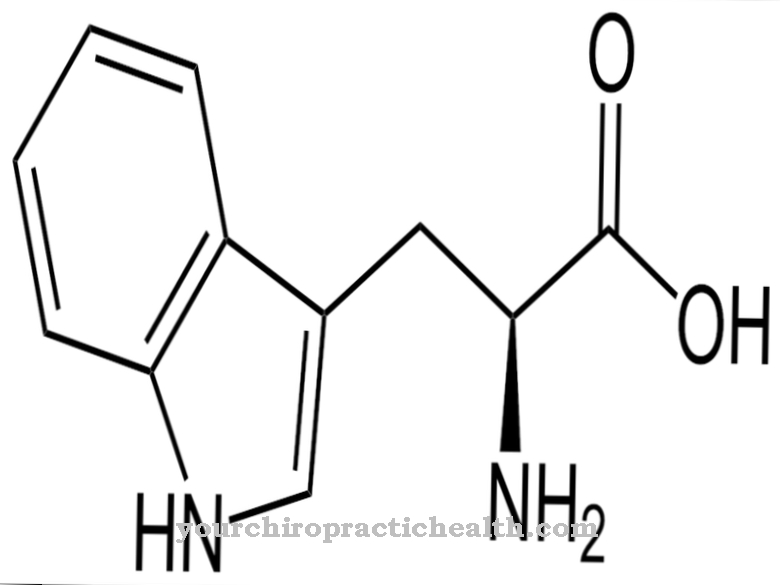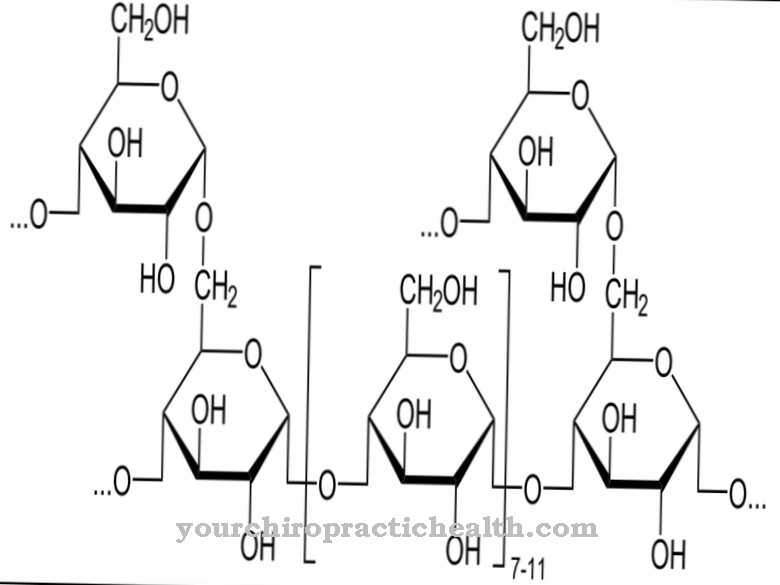Verapamil is a vasodilator drug that belongs to the group of calcium antagonists or to the group of calcium channel blockers. According to the Vaughan / Williams classification, verapamil is one of the antiarrhythmics.
What is verapamil?

Verapamil is an active ingredient that is widely used to treat irregular heartbeat. Since 1983 the drug has been part of the list of indispensable drugs. This list is maintained by the World Health Organization (WHO).
Verapamil is available in the form of mono-preparations or combination preparations. Commercially available preparations contain the drug in the form of racemate. It is a 1: 1 mixture of enantiomers. The absorption of verapamil increases from 20% to 40% with continuous administration. A high first-pass effect can be observed. The half-life of the drug is 3-7 hours. Excretion takes place via the bile acids and the kidneys.
Pharmacological effect
Verapamil is a calcium channel blocker. Calcium channel blockers reduce the influx of calcium ions into muscle cells. As a result, the smooth muscles contract less. As a result, the blood vessels expand. The calcium influx into the voltage-dependent calcium channels of the heart is also blocked. By inhibiting the influx of calcium, the strength of the heart muscle is reduced. This is also known as the negative inotropic effect. The heart rate is also reduced. This reduces the heart's need for oxygen, blood pressure drops, the vessels are expanded and the heart is relieved. The widening of the blood vessels also provides the heart muscle with more oxygen-rich blood.
However, verapamil not only has a vasodilating effect, but also delays the conduction in the AV node of the heart.
Medical application & use
Verapamil is widely used in patients with coronary artery disease (CHD). Chronically stable angina pectoris, unstable angina pectoris and spastic angina pectoris are also indications for the drug. Angina pectoris is a seizure-like pain in the chest. It is caused by a temporary disturbance in blood flow to the heart. Most angina pectoris is caused by coronary artery disease. This in turn is caused by one or more narrowed coronary vessels.
The drug is also used in patients who have had a heart attack. However, it is only used if, on the one hand, there is no heart failure and, on the other hand, beta blockers cannot be used.
Verapamil is one of the most important antiarrhythmics. These are used to treat cardiac arrhythmias. Since the pulse rate is lowered, the drug can also be prescribed for atrial fibrillation or atrial flutter. Verapamil is also used to prevent cluster headaches. A very high dosage is necessary to suppress the attacks. Since this can also affect the heart, regular ECG examinations must be carried out when taking it.
In rare cases, verapamil is used to lower blood pressure in arterial high blood pressure. In other countries, verapamil is also used for induratio penis plastica (curvature of the penis). Men with this condition experience severe pain when they get an erection due to an unnaturally sharp bend in the penis. Verapamil is not approved for the treatment of this disease in Germany.
You can find your medication here
➔ Medicines for cardiac arrhythmiasRisks & side effects
Unwanted side effects include decreased heart rate, AV blockages (up to degree III AV block), low blood pressure, constipation, headache and dizziness. The drug must not be used in shock, acute myocardial infarction and pronounced bradycardia. Sinus node syndrome, manifest heart failure and atrial fibrillation in patients with Wolff-Parkinson-White syndrome (WPW syndrome) are also possible contraindications.
Verapamil must also not be taken in the case of known hypersensitivity and in the first six months of pregnancy. Beta blockers should also not be administered with the drug. Otherwise an AV block with a life-threatening drop in blood pressure can result. In Grade I AV block, low blood pressure, low heart rate and impaired liver function, Lambert-Eaton syndrome, myasthenia gravis and advanced muscular dystrophy, verapamil may only be administered under careful monitoring. Since verapamil is also excreted in breast milk, it should only be used in exceptional cases during breastfeeding.
It should be noted that grapefruit can lead to an improved absorption of verapamil if taken at the same time. A stronger effect can thus occur. Diuretic drugs can also increase the blood pressure lowering effect. If higher doses of verapamil and cholesterol lowering drugs are used at the same time, the risk of rhabdomyolysis increases. The dose of the cholesterol lowering drug should be adjusted accordingly.
When taking loperamide and verapamil at the same time, breathing disorders can be triggered. Loperamide is used to treat diarrhea. When taking verapamil, another preparation should be used if possible.



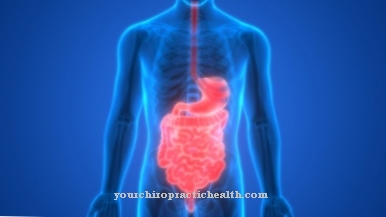
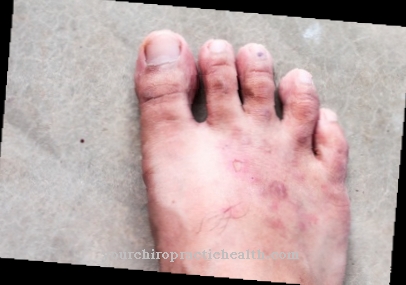






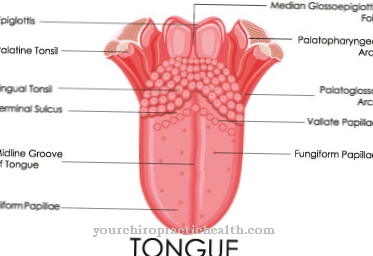
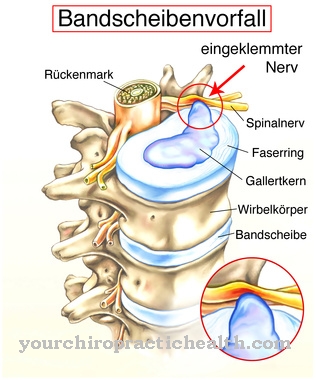









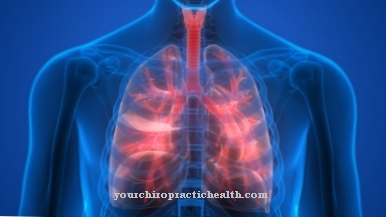
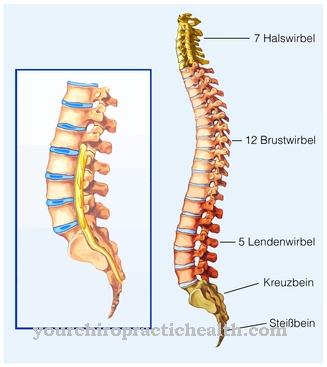
.jpg)
.jpg)

